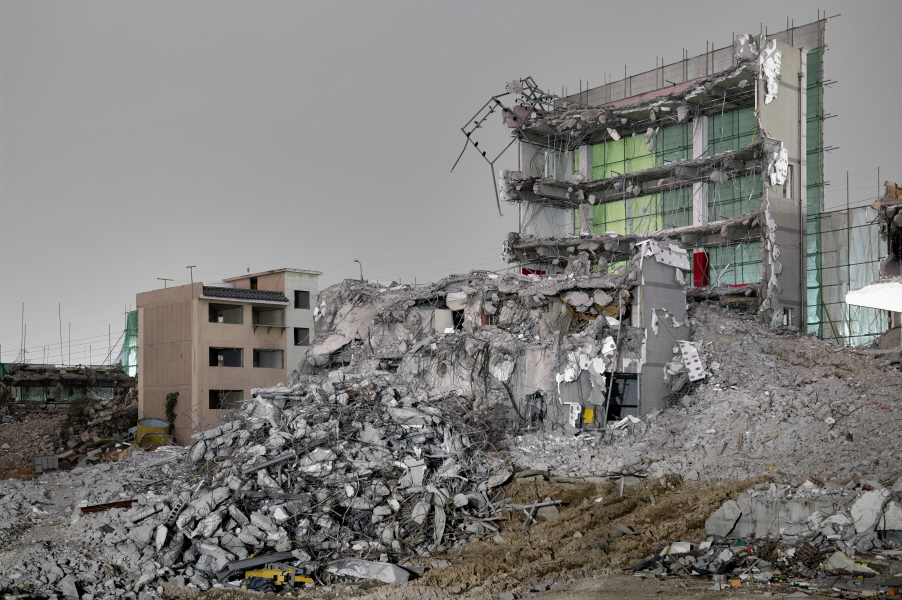Solo Exhibitions (Brief)
Jung Jihyun has held eight solo exhibitions held in various spaces such as SongEun Art Space(Seoul, Korea), KT&G Sangsangmadang(Seoul, Korea), SPACEONEWWALL(Seoul, Korea), BMW Photo Space(Busan, Korea) so far.
Group Exhibitions (Brief)
Jung Jihyun has been participated in a wide range of group exhibitions held at Incheon Art Platform(Incheon, Korea), Kimchungup Architecture Museum(Anyang, Korea), Seoul Museum of Art(Seoul, Korea), Korean Culture Center(Warsaw, Poland), Amorepacific Museum of Art(Seoul, Korea) and Gyeonggi Creation Center(Ansan, Korea).
Awards (Selected)
Jung Jihyun received the 14th SAJINBIPYONG Award(Photo Space, Korea). He was selected the final artist of the year of the 6th KT&G SKOPF(KT&G Sangsangmadang, Korea) and nominated for International Photo Award such as Leica Oskar Barnak Award and Prix Pictet.
Collections (Selected)
His works are in collections of various museums such as National Musesum of Modern and Contemporary Art(Gwacheon, Korea), Seoul Museum of Art(Seoul, Korea), Busan Museum of Contemporary Art(Busan, Korea), AmorePacific Museum(Seoul, Korea), The Museum of Photography(Seoul, Korea and GoEun Museum of Photography(Busan, Korea).































